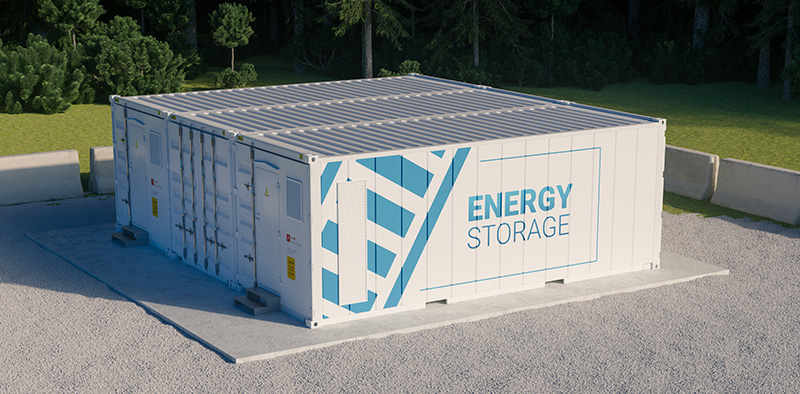
The Center for Infrastructure and Economic Development provides additional guidance on decommissioning to complement the Center for Rural Affairs’ decommissioning resource guide.
The Center for Infrastructure and Economic Development (The Center) believes in policies and projects that balance citizen concerns, energy needs, and that economic benefits from these projects are vital to the prosperity and vitality of both urban and rural communities.
With these things in mind, our Team at The Center has reviewed the recent work in the solar energy arena by the Center for Rural Affairs, specifically their “Decommissioning Solar Energy Systems Resource Guide.” The Center has additional suggestions that we believe enhance their resource guide and provides greater consistency and certainty.
First and foremost, we commend the Center for Rural Affairs. This document incorporates balanced, rational recommendations for addressing solar resources as projects are developed and as they near the end of their useful life so that both local officials and developers can include transparent requirements within their plans and ordinances. In addition, The Center offers additional suggestions that might improve this resource guide, leading to greater consistency and certainty for all involved. These suggestions complement those in Sections III.A. (Components of a Decommissioning Plan) and B. (Financial Assurance Mechanisms):
“ Decommissioning plans often include:
Nebraska is one of the few states with a state-level decommissioning requirement. Nebraska Revised Statute 70-1014.02 requires that private electric suppliers comply with any decommissioning requirements adopted by local governmental entities, submit a decommissioning plan, bear all costs of decommissioning, and post a security bond or other instrument within 10 years of commercial operation securing the costs of decommissioning the facility.“
– Heidi Kolbeck-Urlacher, Senior Policy Associate, Center for Rural Affairs. “Decommissioning Solar Energy Systems Resource Guide” ,(June 2022)
“Some local governments may decide to require financial mechanisms, such as trusts, escrow accounts, bonds, or letters of credit, to ensure appropriate decommissioning and reclamation. Requiring financial assurance is a tradeoff, as it provides additional protection for local governments, but may increase overall project costs, which could deter development.31 If requiring financial assurance, a more favorable approach for developers is if assurances can be paid over time rather than prior to project operation, as the assurance may be absorbed as operating costs rather than upfront capital cost.32
For example, Nebraska statute requires suppliers to post a security bond or other instrument within 10 years of a commercial operation securing the costs of decommissioning the facility.33 Guidance from the Minnesota Department of Commerce Energy Environmental Review and Analysis (EERA) unit recommends that financial assurances be implemented in a stepwise manner with initial payments by year 10 and increased over time to ensure full funding no later than the end of the power purchase agreement.“
– Heidi Kolbeck-Urlacher, Senior Policy Associate, Center for Rural Affairs (June 2022). “Decommissioning Solar Energy Systems Resource Guide”
Most assuredly, best practices for the decommissioning of renewable energy and other infrastructure investments will continue to evolve. At The Center for Infrastructure and Economic Development we look forward to being part of that discussion and discovery.

We’d really appreciate it if you could take a moment to let us know what type of content you are most interested in.
By providing my mobile number I consent to receive informational text messages from The Center. Message frequency may vary. Msg & Data rates may apply. Text STOP to opt-out. Text HELP for help. For additional information, please see our Terms & Conditions and Privacy Policies.
Now you can download the document.
Now you can download the documents.
Now you can download the documents.